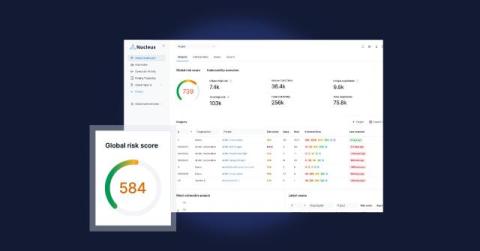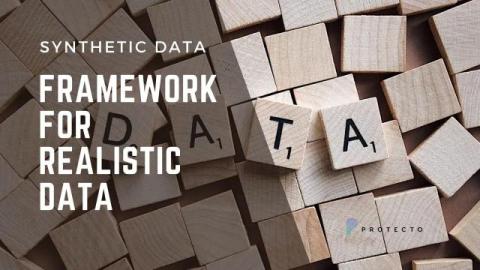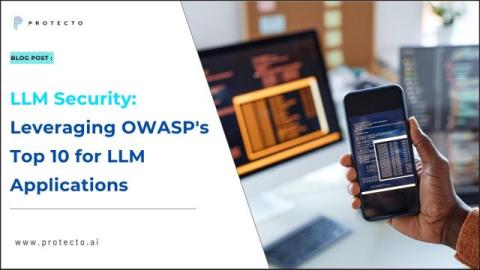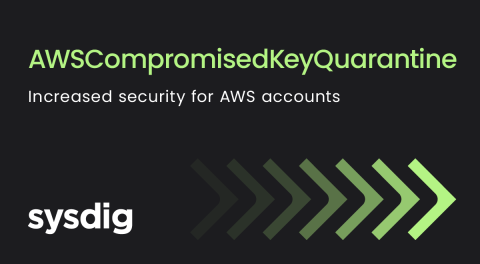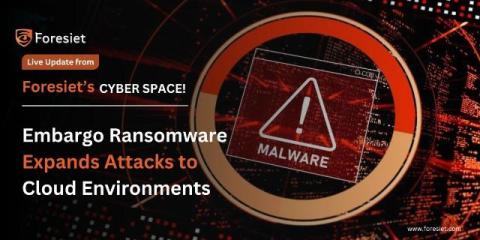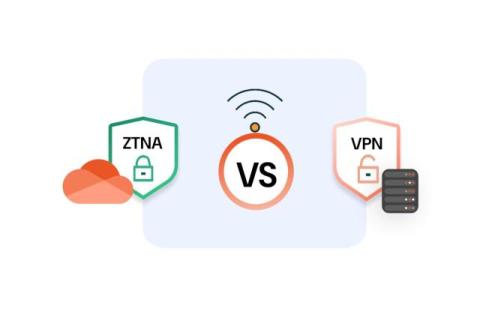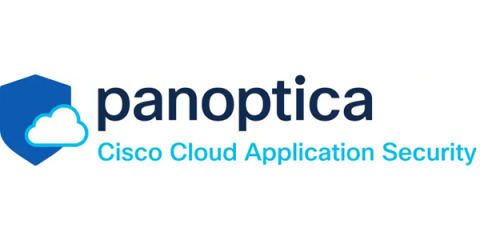It's Here! The New Nucleus Security User Interface
At Nucleus Security, our goal has always been to deliver an intuitive and scalable vulnerability management platform. A critical part of this mission is ensuring that its user interface (UI) evolves to meet our customers’ needs. I’m pleased to announce that we recently rolled out an updated UI—an important first step in a series of planned improvements aimed at enhancing our users’ experience with the Nucleus platform.


